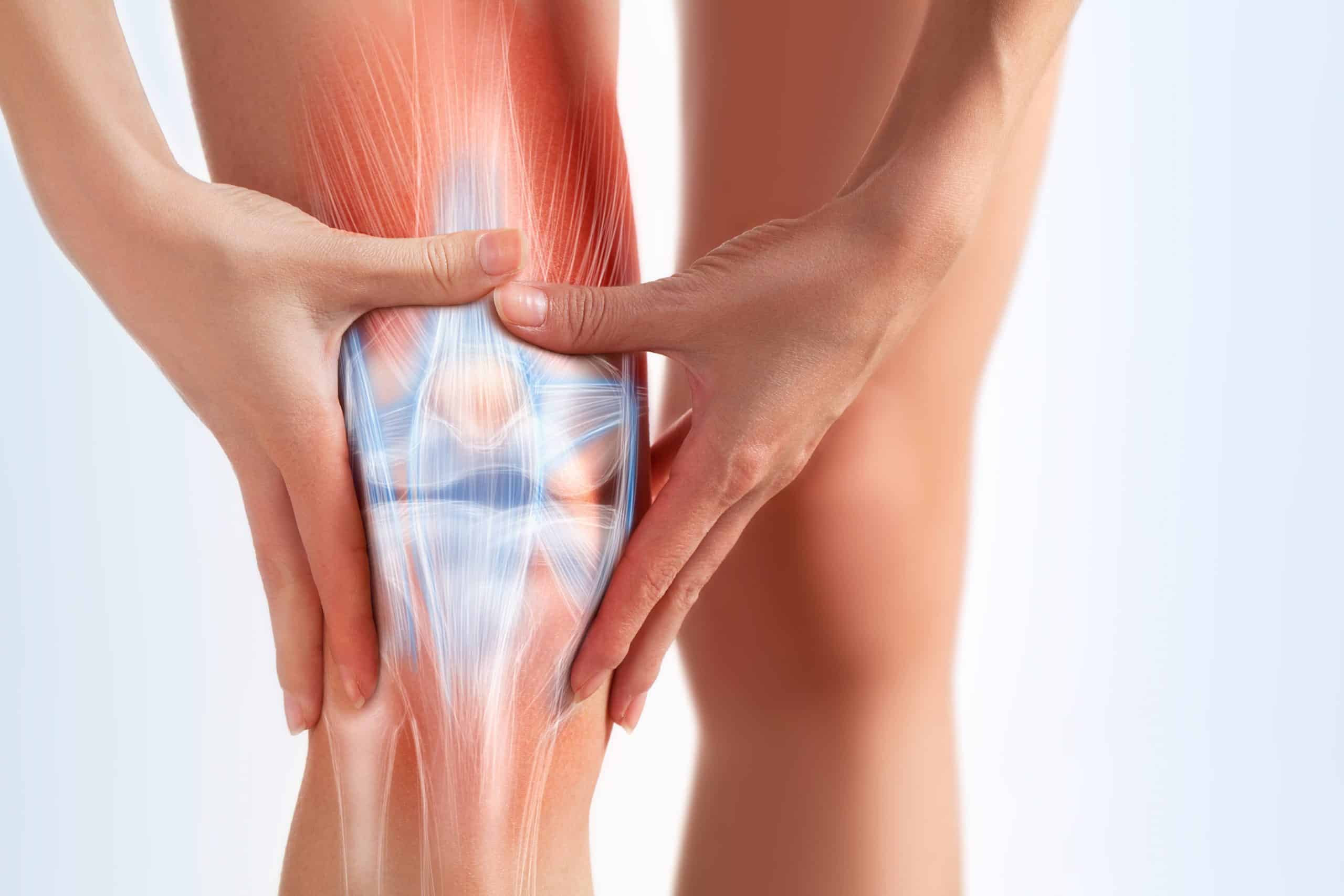Knee Pain Treatment: Comparing Surgical and Non-Surgical Options
Body
Knee pain can be long-lasting and interfere with daily life. The condition makes movement difficult and can also lower your morale. Fortunately, you can choose from several effective treatments for knee pain. Knee pain treatment specialists NYC offer some popular non-surgical and surgical treatment options for knee pain:
Non-surgical options
Pain relievers
Managing knee pain usually begins with pain medications. Available over-the-counter and by prescription, pain relievers can reduce inflammation and prevent pain. Although not a long-term solution, pain relievers can provide much-needed relief while you recover or pursue other treatment options.

Injections
Injection therapy is another great knee pain treatment. Injections usually contain steroids or anti-inflammatory agents that relieve symptoms for a few months.
Steroid injections are a fast-acting treatment option that can be beneficial in preventing episodes of pain. Anti-inflammatory injections are usually a mixture of hyaluronic acid, lubricants, and anti-inflammatory medications.
Platelet-rich plasma (PRP) therapy
This technique has been increasingly popular for treating joint issues and sports injuries for a considerable amount of time. It involves injecting platelet-rich plasma from the patient's blood into the affected area.
Platelets are a blood component that promotes healing and induces clotting. PRP therapy causes temporary inflammation, allowing the body's healing mechanisms to work magic and heal the painful knee.
Knee Brace
Braces help support the knee by giving it structure. They also increase space in the joint to reduce pressure on the cartilage. Select a brace that is comfortable to wear, strong, and adaptable. Using a poorly fitting brace can make your knee pain even worse.
Physical Therapy
Knee pain can be treated with physical therapy. This involves performing various exercises and stretches under the guidance of a physiotherapist to strengthen the knee and surrounding areas. You will also perform massage therapy and other treatments to encourage healing, strengthen your body, improve flexibility, reduce stiffness, and increase overall mobility.

Surgical Treatment Options
Total Knee Replacement Surgery
If non-surgical options don't work for you, your Knee management specialist may suggest total knee replacement as an option if the cause of your knee pain is a damaged knee joint. The damaged parts of the joint are removed and replaced with artificial parts that perform the same functions.
Partial Knee Replacement Surgery
Also known as unicompartmental knee arthroplasty, this surgery involves replacing one of the knee's three compartments: the medial, lateral, or patellofemoral regions.
This procedure ensures that the compartments damaged by arthritis receive treatment and the healthy ones are spared. Compared to total arthroplasty, unicompartmental knee surgery is less invasive and has a shorter recovery period.
Arthroscopic Surgery
Arthroscopic surgery is a diagnostic and surgical technique that helps diagnose and treat knee pain. Your knee pain doctor will insert a camera tube into the joint to locate and magnify the root cause of knee pain. If repairs are necessary, they may be performed during the procedure.
Conclusion
If there are causes of knee pain, there are also treatment options for every problem you feel. For successful treatment of your knees, reach out to the Knee Pain doctor financial district.











Comments